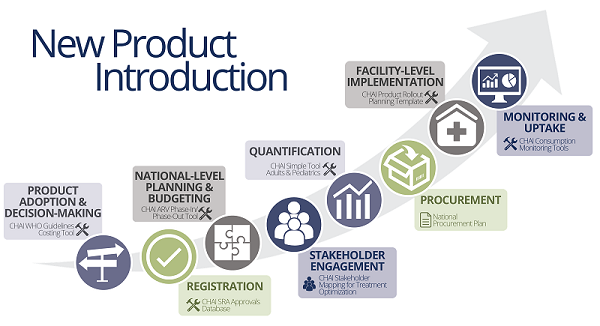In today’s date, as consumerism grows, so do opportunities for a company to take command over its market. Whether it decides to expand its consumer base or enter a new market, it has to cater its product or service to the target market. Consumer habits are evergrowing and everchanging, therefore to keep their loyalty intact and to increase profits, companies must continue to innovate (“New Product Developments”). This is why, product development is necessary (“New Product Developments”).
The Toy Market in particular, is an interesting market to study the importance of new product development and branding. Toys are essential in a child’s life to help them grow, along with their imagination (“Global Toy Market (2021-2026)”). Toys have evolved over the years, from dolls and cars, to toys that aid with learning and motor skills, as well as digital play: this highlights the trend and importance of new product introduction, as it has helped the market develop. Early on, the target market for toys were mainly children. However, as parents were the ones purchasing toys, the market learned to cater their branding and advertising to them. Lately, the market for adult/teen collectors have been ever growing, which has indicated the need to cater to this additional segment as well. Additionally; the population of children is expected to increase in the coming years, which displays a need to expand the market, thus dictating a need for New Product Development and Introduction (“Global Toy Market (2021-2026)”).
Delving into New Product Introduction, the process must be cross functional across several internal departments, in order to keep the process smooth to avoid bottlenecks (“Understanding the New Product Introduction (NPI) Process”). The benefits of NPI include a faster time to market, lower costs, smoother manufacturing, and higher quality (“Understanding the New Product Introduction (NPI) Process”). The steps for NPI in order, include: Solidifying the Plan, Determining Feasibility, Developing the Product, Running a Pre-Production Test, Manufacturing the Product, and Evaluating the Result (“Understanding the New Product Introduction (NPI) Process”).
As per the Toy Industry example, the pre-first step will include identifying the new product to innovate. Branding is an essential concept in this case, to connect the product with an apt target market. If an idea for a toy (for ex.) is already developed, then market research must be conducted to identify the target market. Focus Groups, Surveys, Observational Research, etc. must be employed. Qualitative research is especially key for this industry, as playing patterns must be observed between children and their parents/siblings, and behavior patterns amongst adult and teen collectors must be observed to create and cater a product better suited to each segment’s need.
Next, for Step 1, a cross-department team must be put together to identify resources and set up effective plans/goals (“Understanding the New Product Introduction (NPI) Process”). Often times, a disconnect may form between internal departments, creating budgeting, innovational, or manufacturing issues. For example, the Finance Team may want to produce a lower quality or less innovative toy to keep up with the budget, which will hamper the company’s sales and product positioning. Therefore, this essential step will help address and avoid those issues.
Next, feasibility of the product must be determined by creating a process flow diagram, and the design/marketability concept must be determined by using a Design for Manufacturing Test (“Understanding the New Product Introduction (NPI) Process”). This helps determine the team if they should move forward or not. In this case, branding is again an important tool to decide marketability. It must be evaluated if the line is to be extended or if the product should cater to several markets. The brand positioning must also be determined in order to identify a marketable segment.





